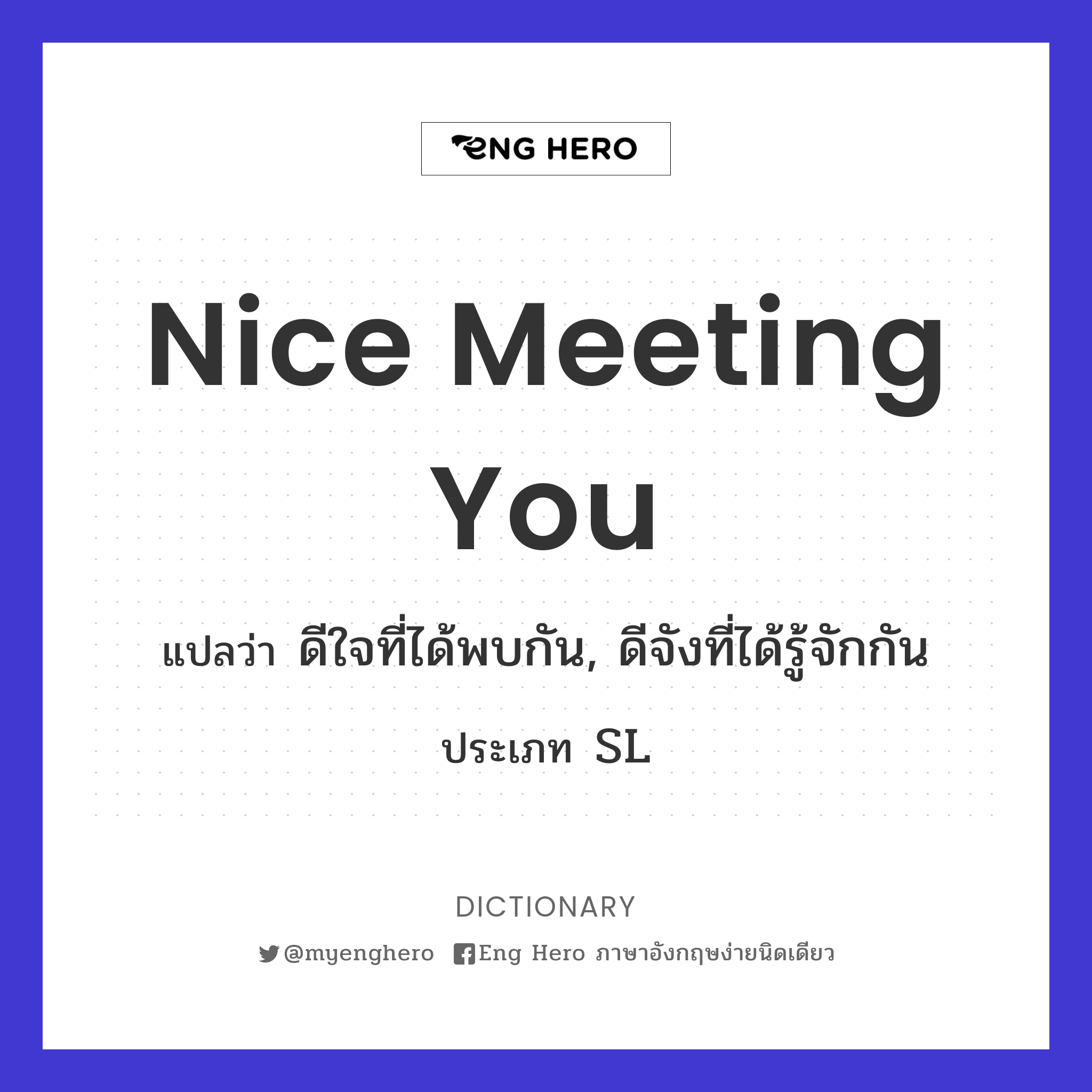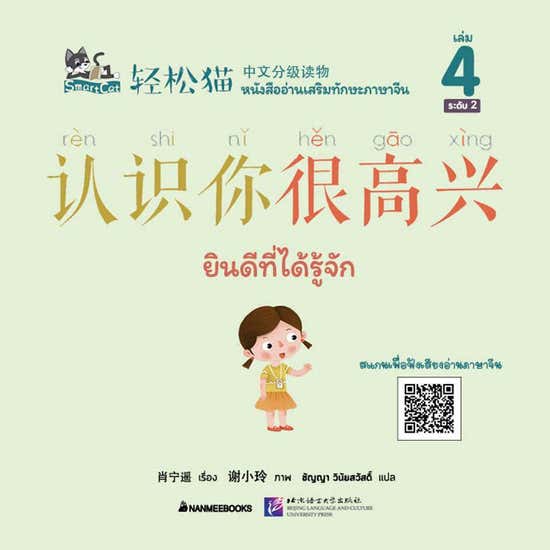ยินดี ที่ ได้ รู้จัก อังกฤษ: เรียนรู้และสำรวจโลกภาษาที่น่าทึ่ง
การพูด\”ยินดีที่ได้รู้จัก\” |ภาษาอังกฤษในชีวิตประจำวัน | เรียนภาษาอังกฤษด้วยตัวเอง #ชวนเรียนภาษาอังกฤษ
Keywords searched by users: ยินดี ที่ ได้ รู้จัก อังกฤษ nice to meet you แปลว่า, pleased to meet you ใช้ยังไง, ขอบคุณที่เราได้รู้จัก กัน ภาษาอังกฤษ, โชคดีที่ได้รู้จักคุณ ภาษาอังกฤษ, nice to meet you ตอบกลับว่า, nice to meet you ใช้ตอนไหน, pleased to meet you แปลว่า, nice to meet you too แปลว่าอะไร
ยินดี ที่ ได้ รู้จัก อังกฤษ: Exploring the Art of Greetings in Thai
Understanding the Expression
In the vibrant tapestry of Thai language and culture, the phrase “ยินดี ที่ ได้ รู้จัก อังกฤษ” (Yin Dee Tee Dai Roo Jak Angkrit) holds a special place. Translated literally, it means “pleased to meet you in English,” and it serves as a common and courteous way to greet someone in Thai. Let’s delve into the intricacies of this expression and explore its nuances.
Literal Translation and Nuances
Breaking down the phrase, we find:
- ยินดี (Yin Dee): Translated as “pleased” or “happy,” this word sets the positive tone of the greeting.
- ที่ (Tee): Acts as a connector, similar to “to” in English.
- ได้ (Dai): Means “can” or “to be able to.” In this context, it signifies the opportunity or ability to meet.
- รู้จัก (Roo Jak): Translates to “to know” or “to be acquainted with.” This part emphasizes the act of getting to know someone.
The full expression, therefore, encapsulates the joy and positivity of meeting someone and the appreciation for the chance to know them.
Various Ways to Say Nice to Meet You
Thai, a language rich in expressions and cultural subtleties, offers several alternatives to convey the sentiment of “Nice to Meet You.” Here’s a list of diverse phrases that capture the essence of warm introductions:
- ยินดีที่ได้รู้จัก (Yin Dee Tee Dai Roo Jak): The formal version of “Nice to Meet You.”
- ยินดีที่ได้เจอ (Yin Dee Tee Dai Jer): Emphasizes the joy of encountering someone.
- เป็นเกียรติที่ได้รู้จัก (Bpen Giat Tee Dai Roo Jak): Conveys the honor of getting to know someone.
- ดีใจที่ได้พบ (Dee Jai Tee Dai Pob): Expresses genuine happiness at meeting someone.
- ยินดีที่ได้พบ (Yin Dee Tee Dai Pob): Similar to the above, expressing pleasure in meeting.
These variations showcase the flexibility of Thai language in expressing politeness and warmth during introductions.
Cultural Significance
Politeness and Positive Beginnings
In Thai culture, the way people greet each other holds significant importance. Politeness and respect are deeply ingrained values, and the initial exchange of greetings sets the tone for the entire interaction. Saying “ยินดี ที่ ได้ รู้จัก อังกฤษ” reflects not only linguistic courtesy but also a cultural appreciation for positive beginnings.
Building Relationships through Greetings
Thais often believe that a respectful greeting fosters goodwill and paves the way for a harmonious relationship. When meeting someone for the first time, using a polite expression like this demonstrates sincerity and a genuine interest in forming connections. It goes beyond mere words; it reflects an understanding of cultural norms and a willingness to engage in a positive social exchange.
Formal and Informal Contexts
Navigating Different Social Arenas
Understanding the appropriate contexts for using “ยินดี ที่ ได้ รู้จัก อังกฤษ” is crucial for effective communication. Whether in formal or informal settings, adapting your greetings demonstrates cultural awareness.
Formal Settings
In formal situations, such as business meetings, official gatherings, or when meeting someone in a position of authority, it is customary to use the more formal version: “ยินดีที่ได้รู้จัก.” This emphasizes respect and acknowledges the significance of the encounter.
Informal Settings
In casual or social settings, among friends, peers, or in everyday encounters, the shortened version, “ยินดี,” is commonly used. It maintains politeness without the formality required in professional situations.
Common Mistakes to Avoid
Navigating Language and Cultural Pitfalls
Learning a new language comes with its challenges, and using greetings appropriately is no exception. Here are common mistakes to be mindful of when using the expression:
- Overusing Formality: In casual settings, excessive formality may come across as stiff or distant. Understanding the context helps in striking the right balance.
- Mispronunciation: Proper pronunciation is crucial in Thai. Mispronouncing words might lead to misunderstandings. Practice the phrase with native speakers or language resources to refine your pronunciation.
- Neglecting Body Language: Thai culture places emphasis on non-verbal communication. Ensure your body language aligns with the polite words you use, enhancing the overall positive impression.
Enhancing Communication Skills
Mastering the Art of Expression
Improving communication skills in Thai involves more than just learning words; it encompasses pronunciation, tone, and body language. Here are some tips:
- Practice Pronunciation: Work on pronouncing Thai sounds accurately. Language apps, online resources, or language exchange with native speakers can be helpful.
- Embrace Tones: Thai is a tonal language, meaning that the pitch or tone in which a word is spoken can change its meaning. Pay attention to tones and practice speaking with correct inflections.
- Body Language Matters: Be mindful of cultural nuances in body language. Maintain eye contact, offer a polite smile, and use appropriate gestures to complement your words.
Practical Usage in Everyday Conversations
Bringing Greetings to Life
Now that we’ve explored the intricacies of “ยินดี ที่ ได้ รู้จัก อังกฤษ,” let’s see how it comes to life in practical scenarios:
-
Meeting Colleagues at Work:
- Formal: ยินดีที่ได้รู้จักครับ/ค่ะ (Yin Dee Tee Dai Roo Jak Khrap/Kha)
- Informal: ยินดีครับ/ค่ะ (Yin Dee Khrap/Kha)
-
Greeting New Friends:
- Formal
Categories: รวบรวม 44 ยินดี ที่ ได้ รู้จัก อังกฤษ

[yindī thī dai rūjak khun] (xp) EN: nice to meet you ; it’s nice to meet you ; how do yo do ; it’s a pleasure to meet you ; glad to meet you ; pleased to meet you FR: enchanté de faire votre connaissance ; enchanté ; ravi de vous rencontrer.1. Pleased to meet you. 2. It was lovely meeting you. 3. Glad to meet you. 4. I’ve enjoyed meeting you.– Pleased to meet you สำหรับวลีนี้คุณสามารถนำไปใช้ได้ทั้งก่อนและหลังมีการสนทนากันในเบื้องต้น ไม่ว่าจะทักทายทำความรู้จักในเบื้องต้น หรือแสดงความยินที่ได้พบหลังจากคุยไปสักพักแล้วก็ได้ค่ะ
Nice To Meet You พูดได้กี่แบบ
[การทักทายที่ดีที่ได้พบคุณ สามารถแสดงออกได้ในหลายรูปแบบ เช่น 1. ยินดีที่ได้รู้จักคุณ 2. ดีที่ได้พบคุณ 3. ยินดีที่ได้เจอคุณ 4. ผมเพลิดเพลินที่ได้พบคุณ รูปแบบที่น่าสนใจนี้สามารถใช้ได้หลายวันและถูกใช้ในวันที่ 14 มีนาคม 2018]
ใช้อะไรแทนNice To Meet You
[ใช้อะไรแทนNice to meet you] can be replaced with [-Pleased to meet you]. This phrase can be utilized both before and after initiating a basic conversation. Whether it’s a preliminary greeting or expressing pleasure after a brief chat, this expression can be used effectively. It is suitable for various situations, including the initial introduction or conveying delight at the encounter, whether it be during the initial exchange of pleasantries or following a conversation that has been ongoing for a while. This versatile phrase is applicable in a wide range of circumstances.
Meet And See ต่างกันยังไง
การพบกันและการเห็นต่างกันอย่างไร? คำว่า “meet” และ “see” อาจดูเหมือนๆ กันในทางที่ง่ายๆ แต่ถ้ามองลึกลงไป, มีความแตกต่างที่สำคัญในการใช้งานทั้งสองคำนี้ในภาษาอังกฤษ. เมื่อใช้คำว่า “meet,” มันหมายถึง การพบกันหรือพบปะกันในทางที่เป็นทางการ, ซึ่งอาจมีการกำหนดเวลาหรือวันที่. ในทางอื่น ๆ, “see” หมายถึง การมองเห็นหรือสังเกตเห็นสิ่งต่าง ๆ โดยไม่จำเป็นต้องมีการกำหนดเวลา. ดังนั้น, การใช้คำว่า “meet” และ “see” นอกจากจะต่างกันในเชิงประการ, ยังมีความแตกต่างในบริบทที่ใช้งานและประโยชน์ที่ได้. เพิ่มเติมที่น่าสนใจ, คำว่า “meet” สามารถมีความหมายเพิ่มเติมเช่น “พบกันเป็นครั้งแรก” หรือ “พบกันในการประชุมทางธุรกิจ,” ในขณะที่ “see” มีความหมายที่แตกต่างกันไปตามบริบท เช่น “เห็นภาพ” หรือ “เห็นโรค” ได้. นอกจากนี้, การใช้งานของ “meet” และ “see” ยังมีความหลากหลายทางที่เกี่ยวข้องกับสังคมและวัฒนธรรม. ดังนั้น, ความเข้าใจถึงความแตกต่างทางความหมายและบริบทที่ใช้งานของ “meet” และ “see” จึงมีความสำคัญในการสื่อสารทั้งในภาษาอังกฤษและภาษาไทย.
รวบรวม 43 ยินดี ที่ ได้ รู้จัก อังกฤษ










See more here: lasbeautyvn.com
Learn more about the topic ยินดี ที่ ได้ รู้จัก อังกฤษ.
- ยินดีที่ได้รู้จักคุณ แปลว่าอะไร ดูความหมาย ตัวอย่างประโยค …
- รวม 24 วลีต่างๆ ในการกล่าวคำว่ายินดีที่ได้รู้จัก “NICE TO MEET …
- #สุดปัง ตั้งแต่ Meeting แรก แค่ไม่ใช้ Nice to meet you
- รวม 24 วลีต่างๆ ในการกล่าวคำว่ายินดีที่ได้รู้จัก “NICE TO MEET …
- #สุดปัง ตั้งแต่ Meeting แรก แค่ไม่ใช้ Nice to meet you – Globish
- ลองมาดูว่า see & meet… – หนังสือเด็กภาษาอังกฤษ moarema book